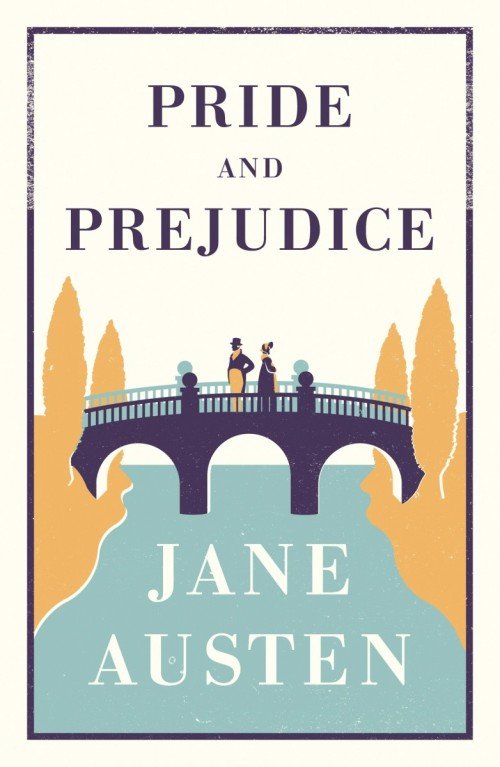Pride and Prejudice by Jane Austen

It took a true book lover to finally get around to reading the beloved classic, Pride and Prejudice. Even though I had enjoyed Keira Knightly's portrayal in the movie adaptation, nothing could compare with experiencing Jane Austen's chilling wit through her original words.
After diving into the pages of this 19th-century classic, I found myself quickly engrossed in Jane Austen's captivating story. A mere four afternoons were all that was needed to delve deeply into her charming characters and their journey, as each page left me wanting more - luckily, my curiosity wasn't left unanswered!
Pride and Prejudice follows the story of Elizabeth Bennet, a woman faced with an obligation to find herself suitable husband in order to secure her future. Jane Austen cleverly alludes to this pressure through the novel's opening line - “it is a truth universally acknowledged, that a single man in possession of good fortune must be in want of a wife” - subtly showing how much more intense it was for women than men during that era. Mr Fitzwilliam Darcy provides another perspective as he explores his own romantic prospects while on his journey towards self-discovery alongside Miss Bennet.
This novel delves into the harsh realities of a bygone era, in which women had little control over their destiny. If they did not marry, financial and social insecurity loomed large on their horizon; becoming an ever-present fear that defined much of womanhood at the time. Despite these struggles though, many heroines forged ahead to find unique paths for themselves - independent lives outside marriage but with just as much purpose or maybe even more than those within it.
This is especially interesting, as Austen herself remained single for her entire life. She even accepted a marriage proposal once, to turn around and change her mind the following day. Austen was a unique woman for her time, and I admire her greatly.
Jane Austen's beloved classic Pride and Prejudice has been embraced as a feminist masterpiece since its publication in 1813. Contemporary readers are able to appreciate the novel through new editions such as Vivian Jones' 1996 version, complete with enlightening commentary on feminism within the text, or Curtis Sittenfeld’s Eligible - an updated take filled subtle modern touches of female empowerment.
Jane Austen's iconic scene of Elizabeth Bennett turning down the marriage proposal from Mr. Darcy has made ripples across literary history since its publication in 1813, representing women everywhere taking control over their own lives and futures. After enduring his initial scorn towards her family, it came as a surprise to many when he suddenly suggested they marry - yet despite sensing some nervousness within him which informed her that he had no doubts she would accept, Elizabeth was determined not to let someone else decide for her. Her bold move reverberated around England at the time; here she was amongst high ranking aristocrats deciding what happened next with regards to herself! To this day we remember this momentous occasion and celebrate a woman who knew how best direct the trajectory of dedicated life: on our terms alone.
Jane Austen achieved success with her novel Pride and Prejudice, but some argue the 'happily ever after' ending didn't allow for critical examination. Though it was necessary to appease 19th century cultural norms in order to be accepted by audiences - particularly as a woman trying to make ends meet - we shouldn't judge or shame her choices. Instead, let's admire Jane Austen’s strength of character for navigating the difficult business world at that time!